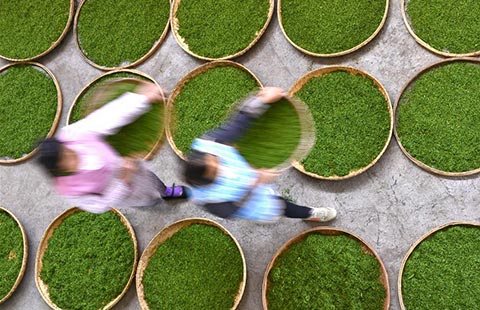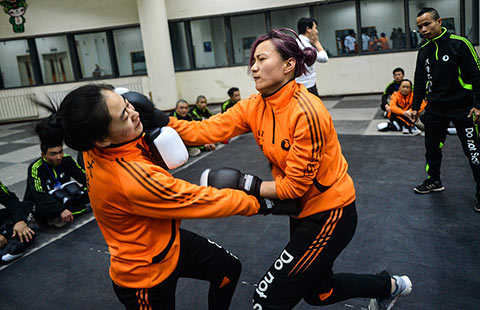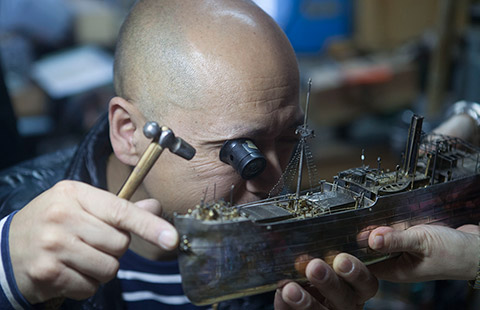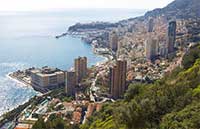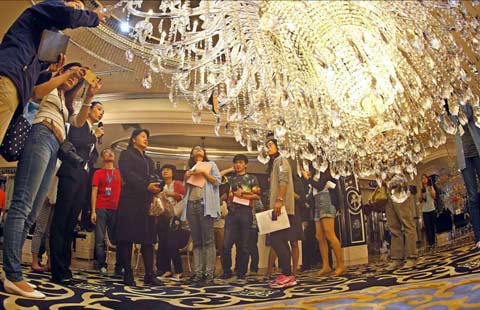Panjin claws its way upward
By Zhu Chengpei and Liu Ce in Panjin, Liaoning (China Daily) Updated: 2012-10-15 09:48Natural conditions
Panjin's aquatic wealth is inextricably linked with local natural conditions.
Located on the coast by the Bohai Sea, Panjin has a warm temperate and semi-humid continental monsoon climate. The annual average temperature is 8.3 degrees Celsius.
Also, the soil of the city is rich in trace elements and organic substances.
There are 21 rivers flowing through the city, which form a coastal and estuarine delta wetland ecosystem consisting of water, mudflats and reed marshes.
"Crabs are a migratory species. They spawn in the sea and grow in freshwater. Panjin has so many coastal wetlands blending with seawater and freshwater with brackish salinity of 2 percent to 3 percent," said Wang Wu, a veteran professor engaged in aquaculture research at Shanghai Ocean University.
The same root
Both Panjin crabs and their Yangchenghu relatives have the same name - Eriocheir sinensis, or Chinese mitten crab. They live in different environments. Panjin crabs are found in reed ponds or paddy fields. Those in Yangchenghu mature in lakes. Due to the different temperature, the former's growing period is shorter than the latter. As a result, Panjin crabs are usually smaller than their Yangchenghu relatives, according to Wang.
Both crabs may share the same megalopa, or final larval stage. According to the Ocean and Fisheries Bureau of Panjin, during the period of the 11th Five-Year Plan (2005-10), the city offered more than 40,000 tons of larval crabs to at least 20 cities and provinces, which accounted for 70 percent of the country's total supply.
"There are no significant differences between the two except their sizes due to different climates, water quality and other factors," Wang added.
"If you have to find something different between the two, Panjin crabs are usually heavier than the Yangchenghu crab if they are the same thickness, length and width," said Yan from the Panshan county crab industry association.
Culture contest
Why are Panjin crabs not as famous as Yangchenghu's although they are almost the same? asked Wang rhetorically.
"It's culture. The Yangchenghu crab wins because there are many stories associated with it, such as the origin of its name. This helped to form a kind of crab culture which easily spread and attracted customers' attention," Wang said.
"It's a pity that we didn't fully make use of crab legends in the past. We should learn from the people in the Yangcheng Lake area. Fortunately, our local government has undertaken a series of measures to change this situation," said Yan.
The Panjin government has held a crab culture festival annually since 2010.
Furthermore, it opened the only crab museum in North China on Sept 22 in the city. The museum uses a variety of ways, including pictures, specimens and video, to showcase the local crab culture and development of the industry.
Many crab stores are beginning to offer free handbooks on cooking methods or the technique for eating crabs to customers. Also, you can find sauces for cooking the crustacean and tools for eating it in the stores.
"Nowadays, we not only sell our products but also sell crab culture," crab businessman Bai said.
- Successful overseas operations of merger, acquisition by Chinese firms
- Chinese police prohibit 5,452 fraudulent bank transfers
- Online shopping in rural China nearly doubles in 2015
- China's e-pharmacy eyes prescription drug for full-bloom growth
- Pimax launches 4K VR device in Beijing
- The making of Chinese tea
- Myanmar's rice export to China expected to rise after water festival
- Construction on China-Nepal border market begins

